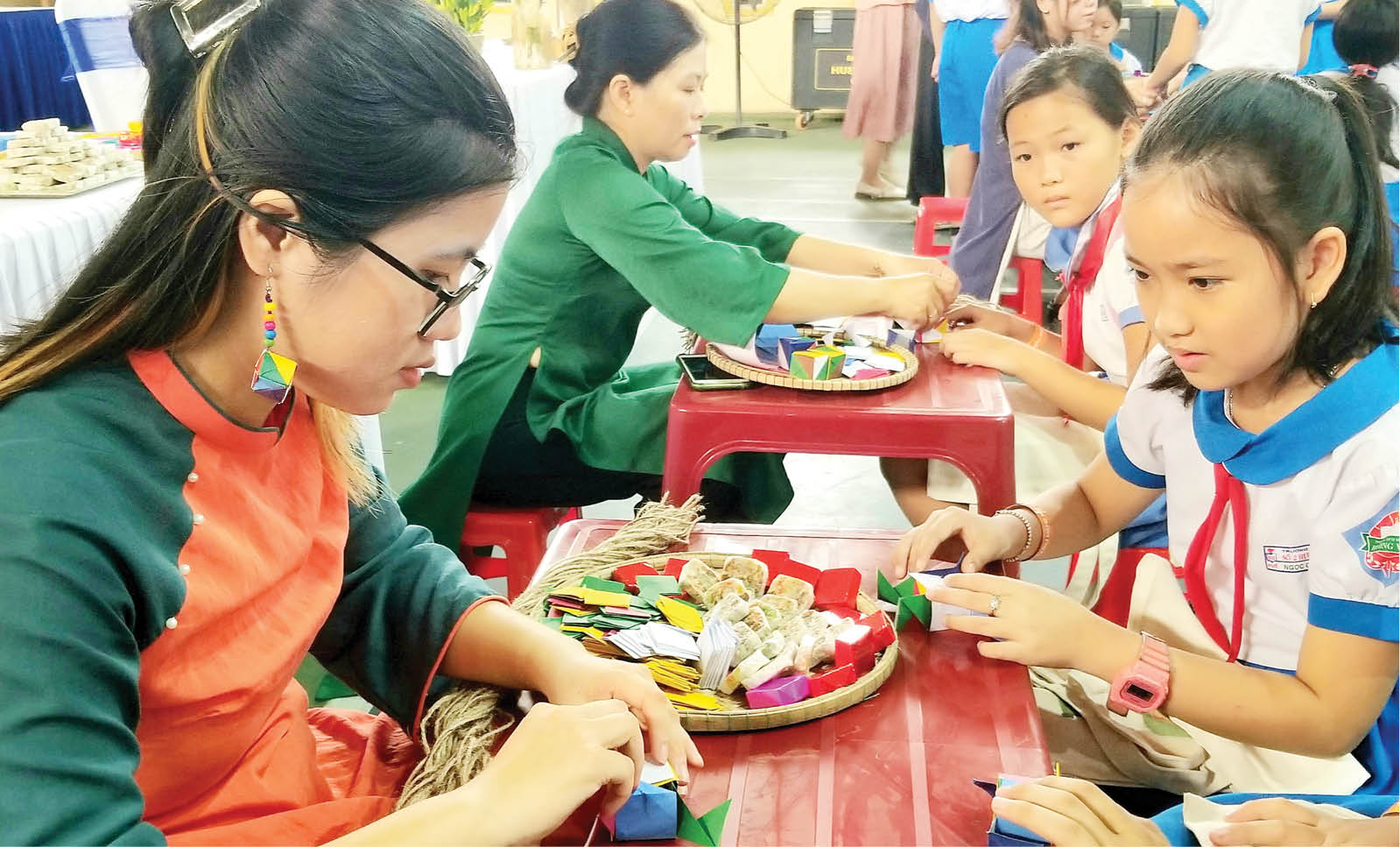 |
| Exploiting local tourism intellectual property from traditional crafts will be a sustainable direction for Hue tourism. |
Exploiting Hue tourism potential
Hue is considered to possess the richest cultural and natural ecosystem in the country. Not only does it have the Complex of Ancient Capital Monuments recognized by UNESCO, Hue also has more than 500 large and small festivals, nearly 1,700 royal and unique folk dishes, and dozens of traditional craft villages, such as Sinh village paintings, Thanh Tien paper flowers, Duc Ward bronze casting (old, now in Thuan Hoa Ward), A Luoi zèng weaving, Van Cu vermicelli... These are valuable intellectual resources waiting to be exploited in a professional direction.
According to Ms. Tran Thi Thuy Yen, Deputy Director of the Department of Science and Technology (KH&CN), in recent times, the city has always accompanied localities in establishing intellectual property rights for many typical products associated with tourism. Some products have been protected such as Thien Huong sesame candy, Loc Thuy cajuput essential oil, My Lam conical hats, Hue pomelos... Many collective trademarks and geographical indications have initially shown effectiveness in promoting product images, boosting consumption and increasing local brand value.
However, Mr. Truong Thanh Hung, Vice Chairman of the Vietnam Innovation Startup Advisory Council, Chairman of FiNNO Group, once commented that although many of Hue's tourism products are very unique and have been used by startups to start creative businesses, the products have not yet been exploited from an intellectual property perspective, so they remain anonymous in the market. If they are registered for protection and have clear branding, these products will increase in value.
During the Hue Festival and Hue Traditional Craft Festival, visitors not only admire royal art or visit heritage sites, but also come into contact with products associated with community intellectual property.
At related seminars, managers in the tourism and science and technology industries all shared the same opinion that if well protected, intellectual properties of a community nature such as folk painting techniques, hand-weaving methods, traditional culinary recipes, and the reproduction of the livelihoods of fishermen in the lagoon area in Hue will not only help preserve heritage but also become a resource for sustainable tourism economic development, moving towards the model of "copyright-linked tourism".
Promoting community intellectual property
The representative of the Department of Intellectual Property, Ministry of Science and Technology emphasized that intellectual property is becoming an important tool in the development of economic sectors, especially tourism. Tourism can exploit intellectual property in many aspects, from geographical indications of agricultural products serving cuisine to copyrights of accommodation space designs, copyrights of festivals, tourism service brands..., or even the secrets of preparing local dishes. The problem is that we must identify and exploit them correctly.
A tourism product or a tourist destination that wants to develop, first of all, needs to be known by the market. To retain tourists, tourism products need to be trusted by reputation, real quality and the community that creates the product. In fact, many tours in Hue are currently using intellectual products of the community, for example, experience programs in craft villages: Bun Van Cu, Bao La weaving, A Luoi weaving, Phuoc Tich pottery village, Thanh Tien paper flowers... However, the owners have not yet benefited adequately. The Intellectual Property Office warns that if there is no transparent and long-term benefit sharing mechanism, communities may withdraw from the tourism value chain, affecting both product conservation and development.
According to the Intellectual Property Office, to effectively exploit IP assets for tourism development, there needs to be a synchronous strategy from the local to central levels. Specifically, it is necessary to establish a reasonable protection mechanism; link regions, build associated brands; strengthen communication and promotion associated with IP assets; train human resources for IP assets in tourism; socialize and make benefits transparent. Especially in the context of strong competition between provinces and cities in terms of destinations, Hue tourism needs to build its own unique features to attract tourists, at the same time, it is a way to protect and exploit local tourism resources reasonably.
Over-development of tourism can put pressure on cultural assets. Because if not protected and managed properly, the values of intangible cultural heritage are easily commercialized or lost. Only when the community is respected, has the right and interests in protecting and exploiting intangible cultural heritage, can intangible cultural heritage truly become the foundation for sustainable tourism development.
In the past, the management and conservation of tourism resources were carried out through many state management agencies without a synchronous coordination mechanism. Therefore, along with the arrangement and reorganization of administrative boundaries and the operation of the 2-level local government apparatus, this is also an issue that needs to be considered and calculated in the near future so that local tourism resources do not suffer from the situation of "no one cares about the common property" or are exploited indiscriminately, degraded, and lose their unique identity.
Source: https://huengaynay.vn/du-lich/dinh-hinh-va-khai-thac-tai-san-tri-tue-du-lich-dia-phuong-155399.html


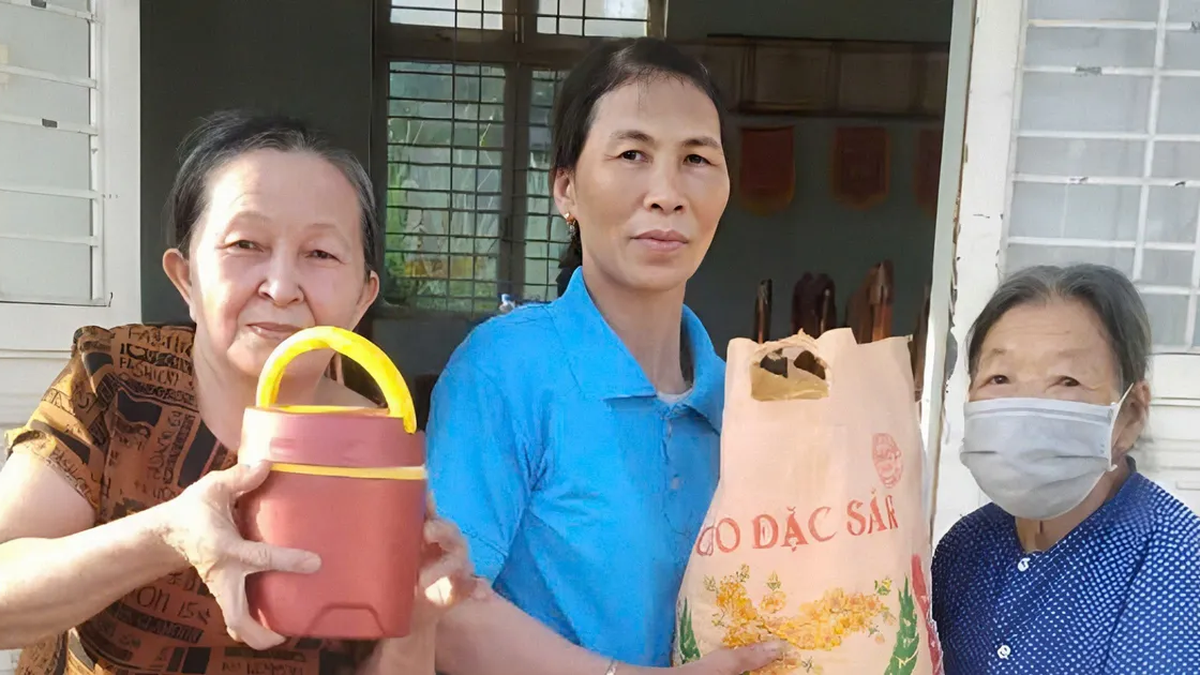

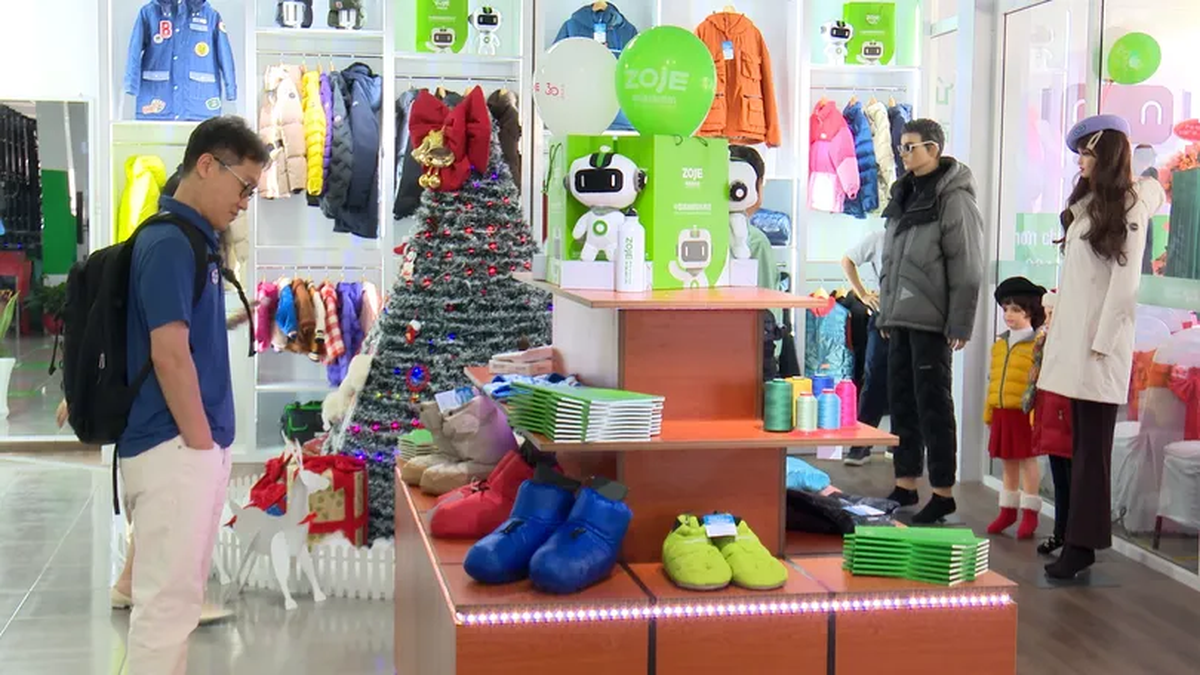
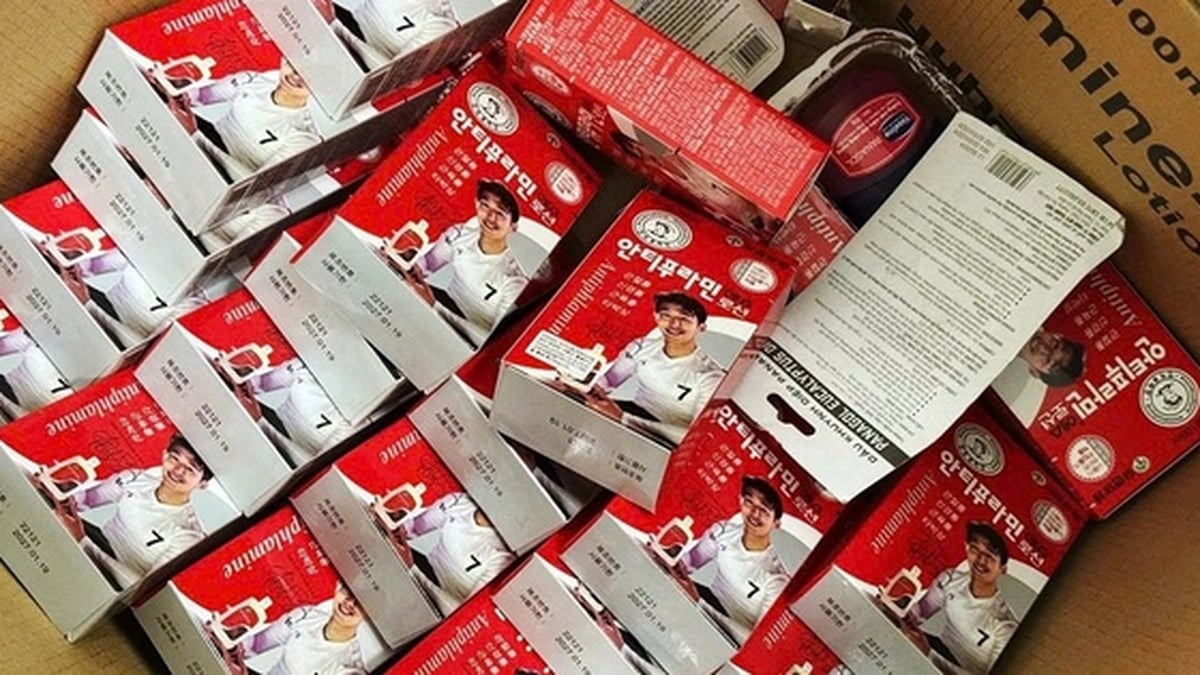
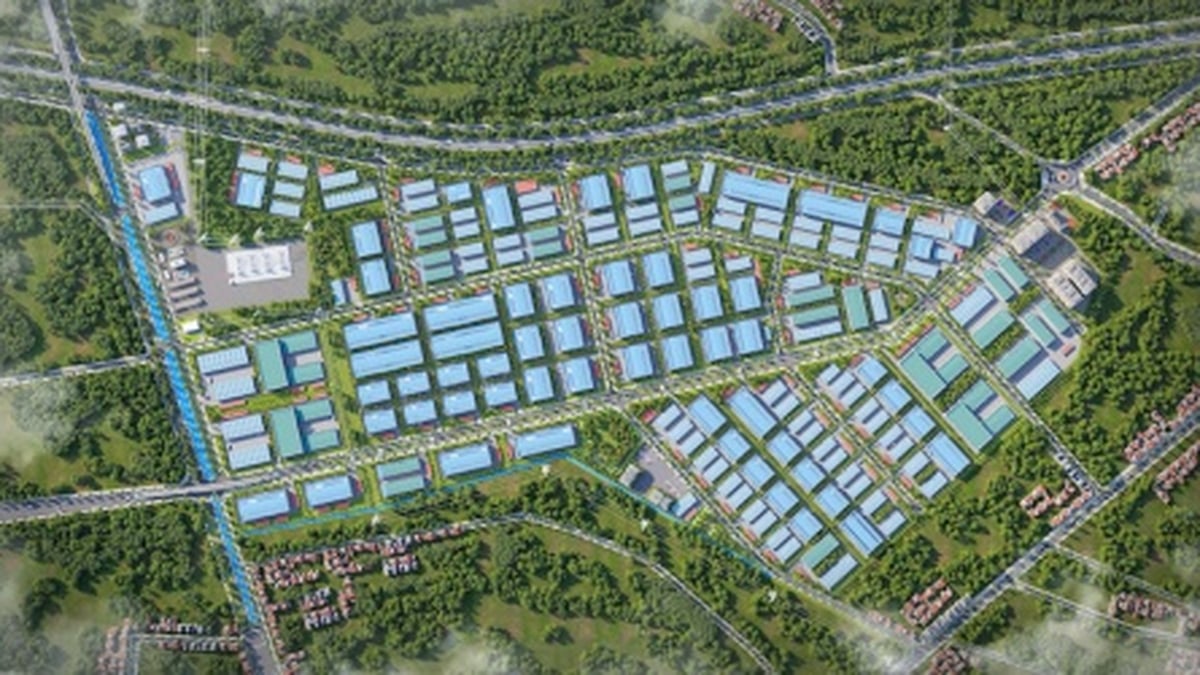

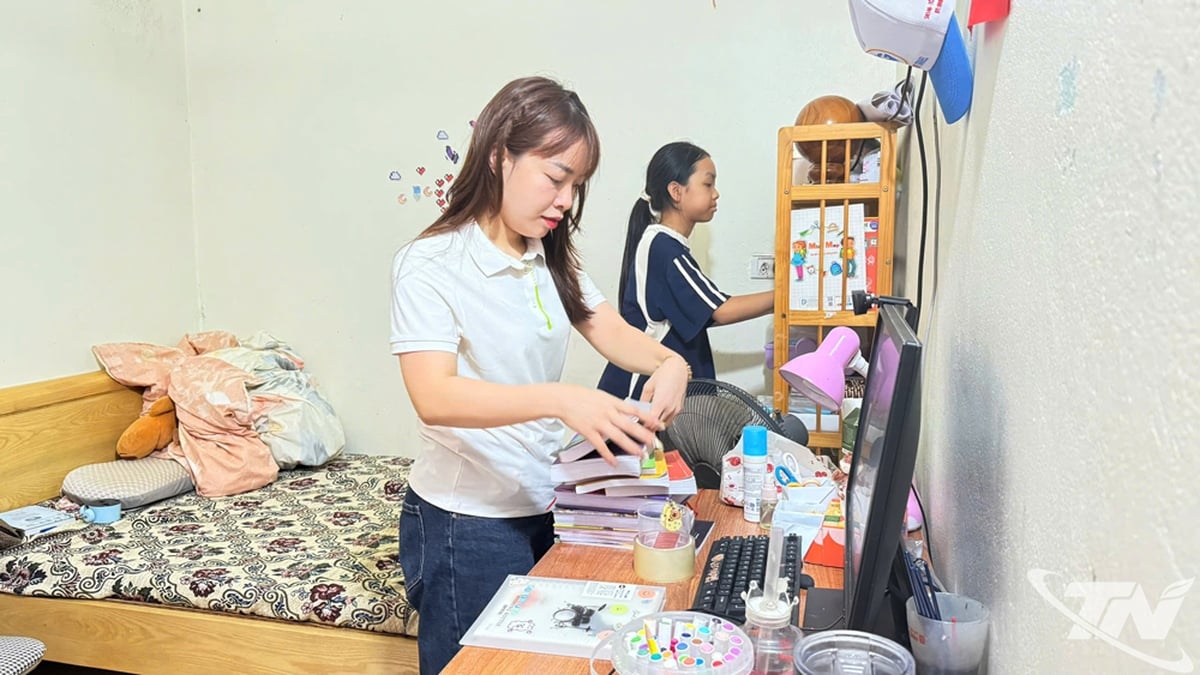
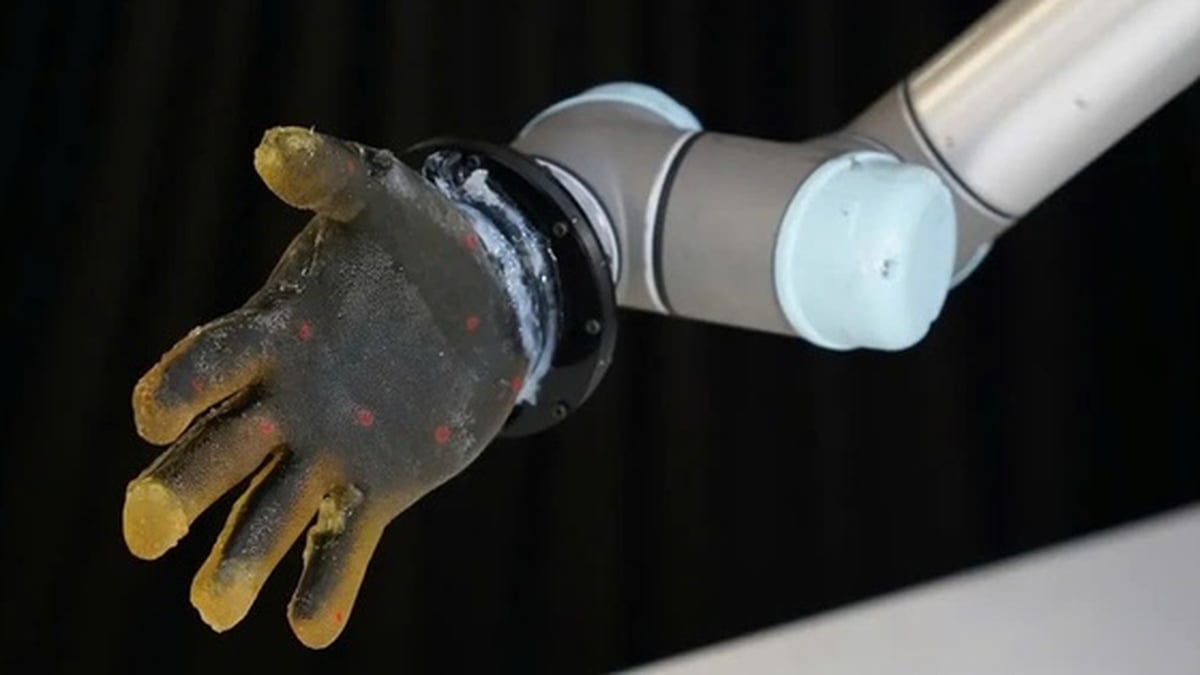

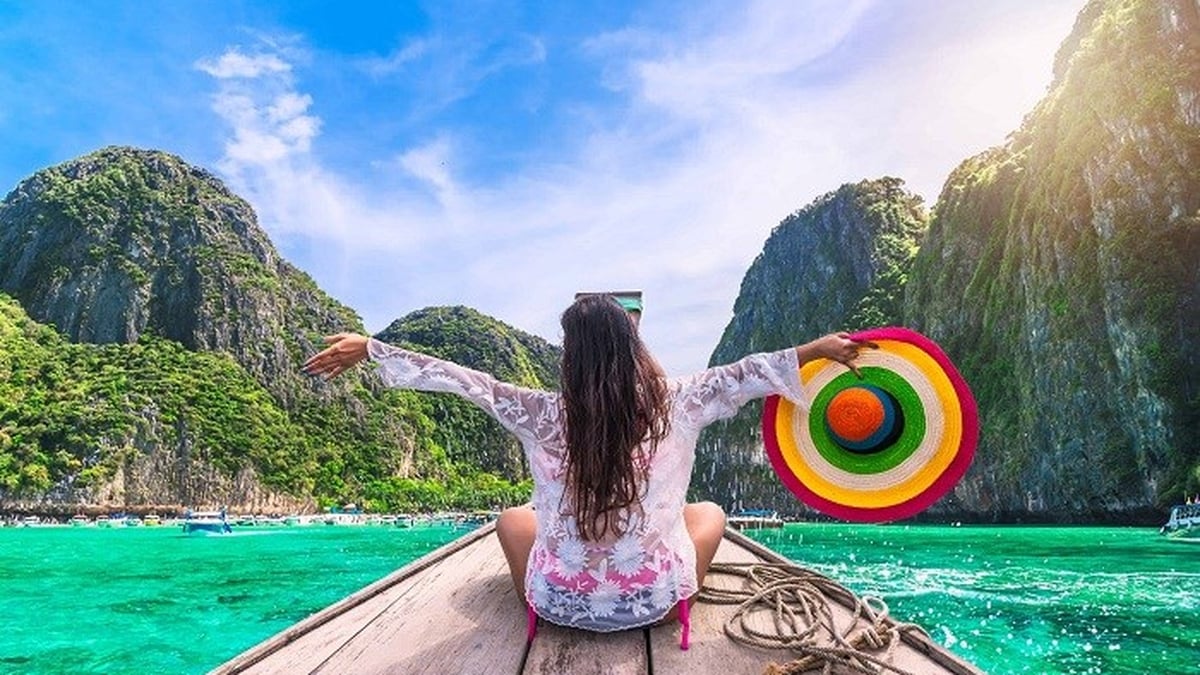















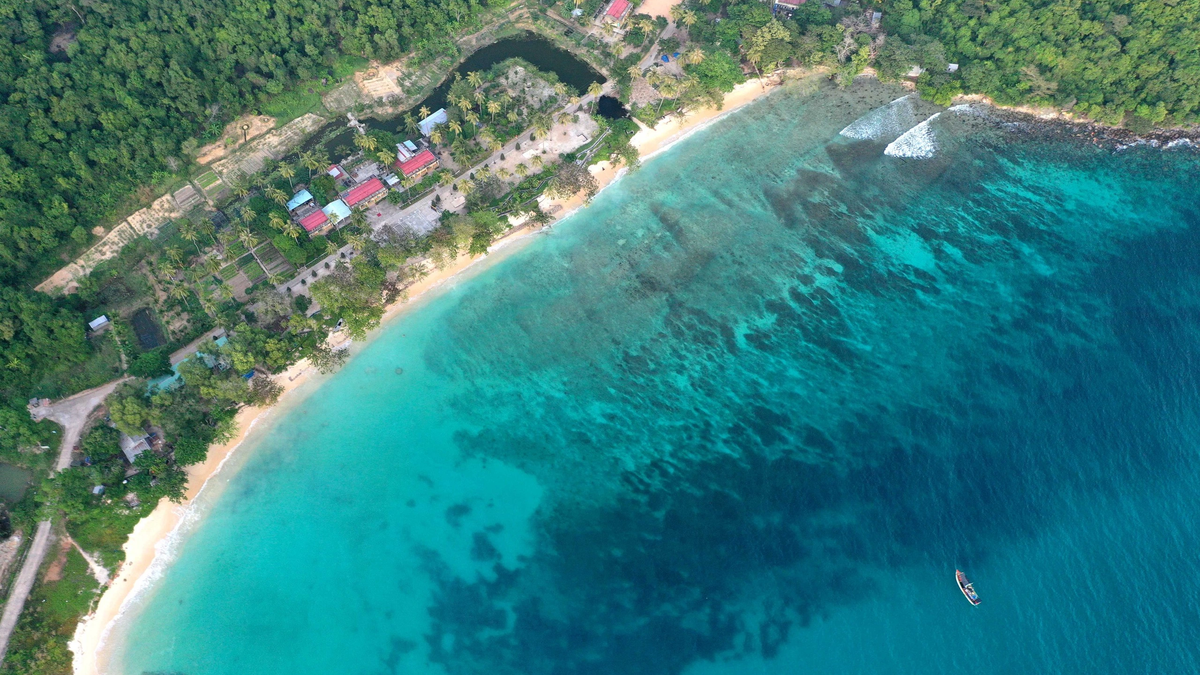



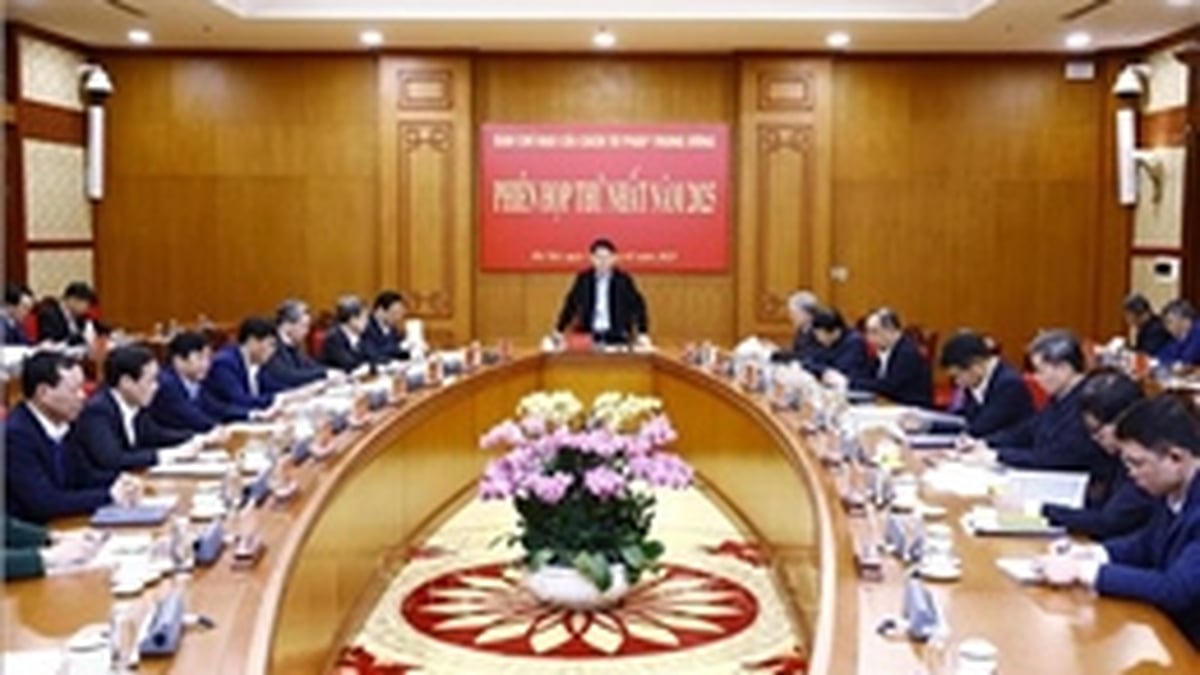
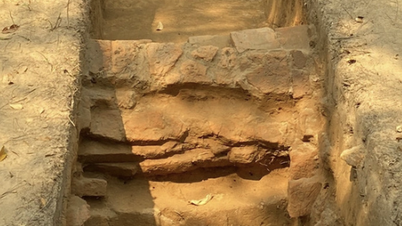

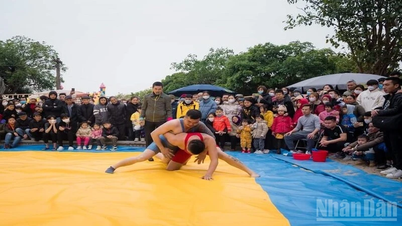





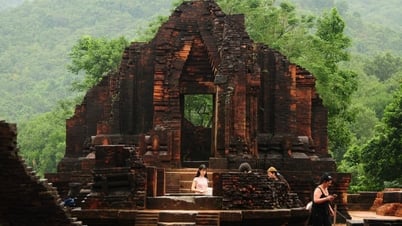











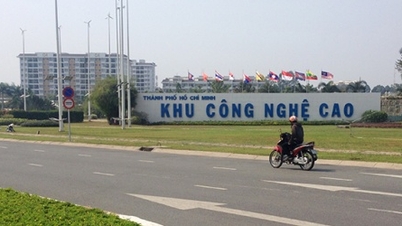
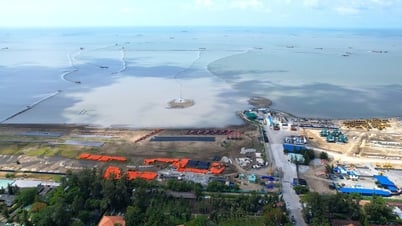



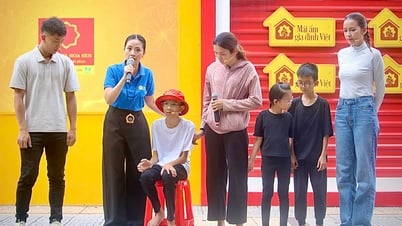

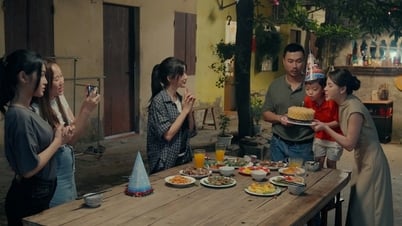




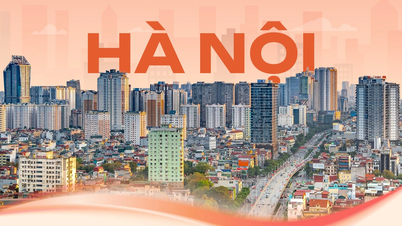
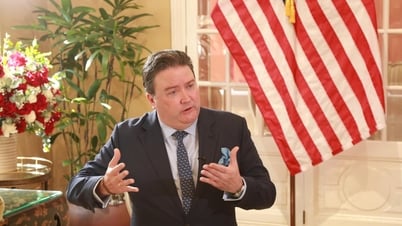

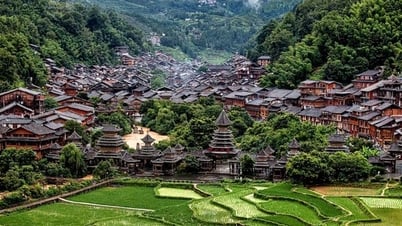

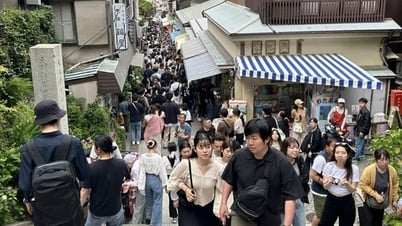
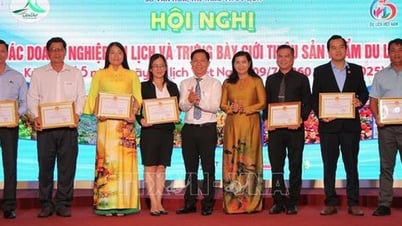


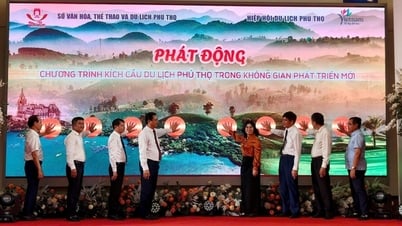







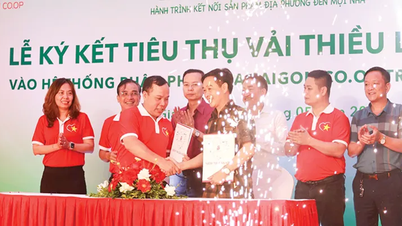

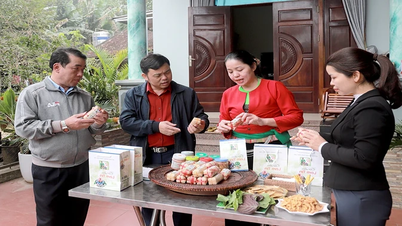










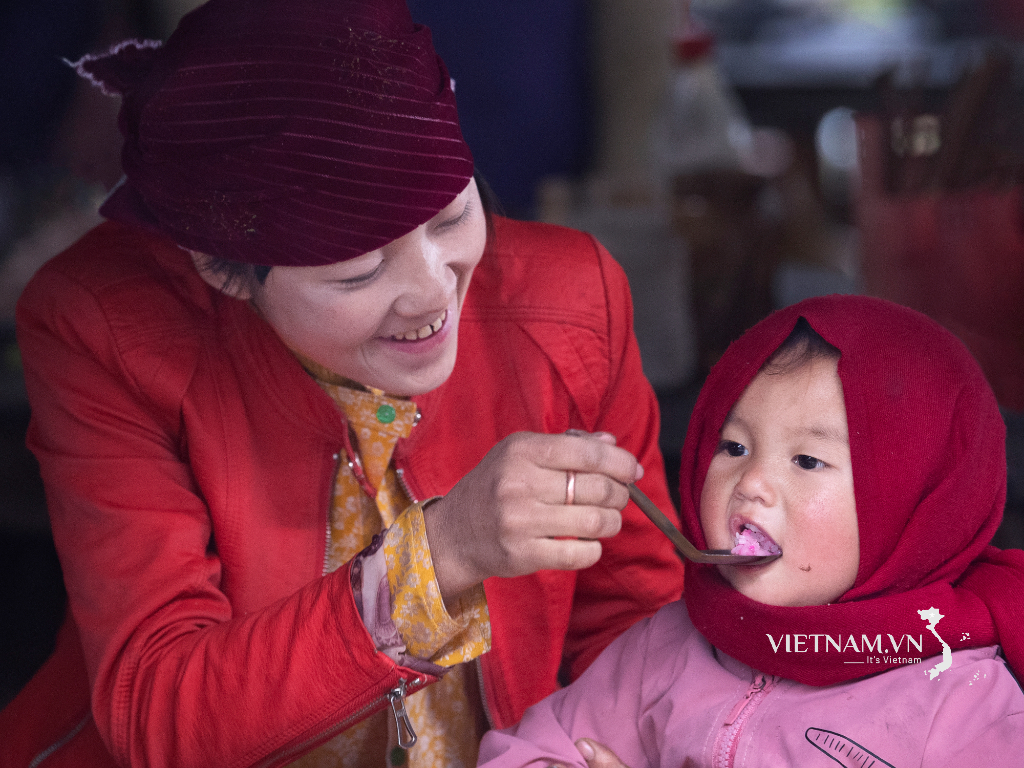
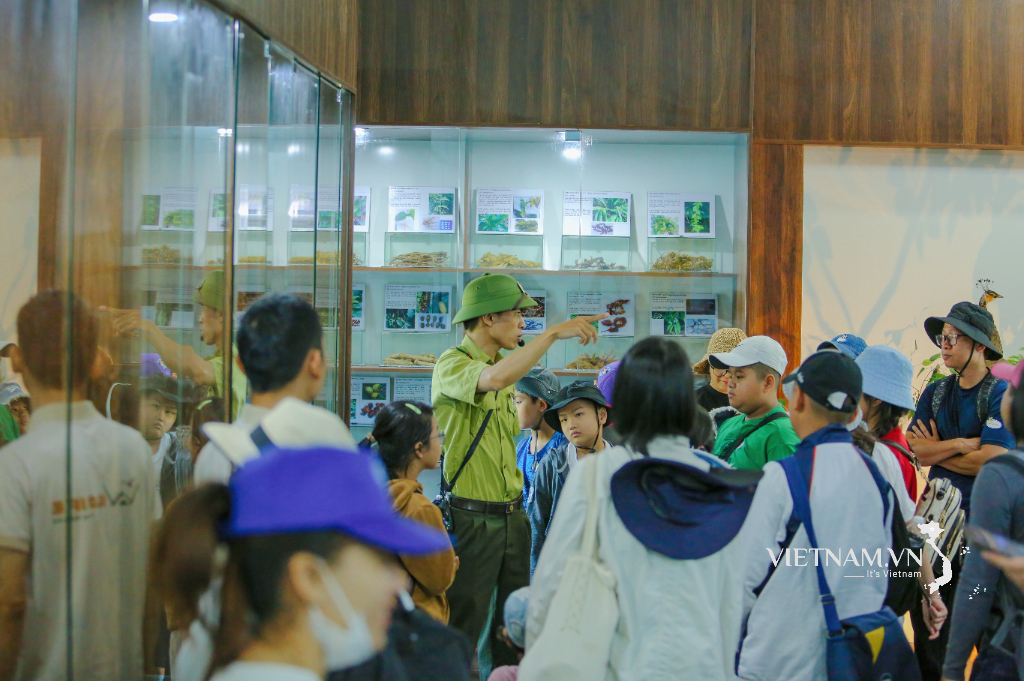
Comment (0)